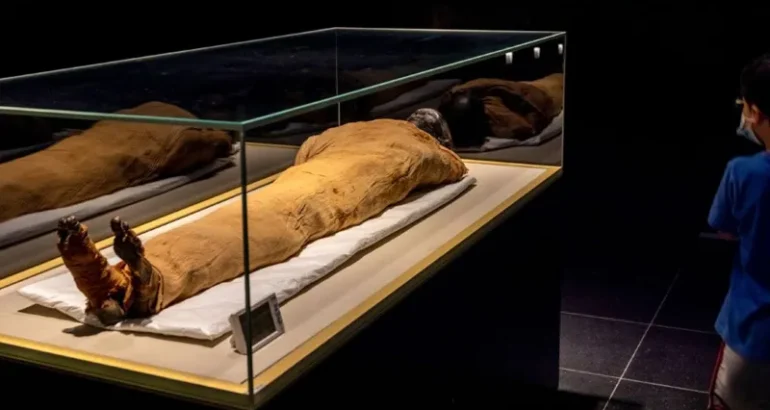Egyptologists have made a groundbreaking discovery with the first pharaoh’s tomb found since that of Tutankhamun over a century ago.
The tomb of King Thutmose II, the last undiscovered royal tomb of Egypt’s 18th dynasty, was located by a British-Egyptian team in the Western Valleys of the Theban Necropolis, near Luxor.
Previously, researchers believed the burial sites of the 18th dynasty pharaohs were more than 2 kilometers away, closer to the Valley of the Kings.
Interestingly, the tomb was found in an area known for royal women’s tombs, but once the team entered the burial chamber, they found it decorated—a clear sign it was a pharaoh’s resting place.
“Part of the ceiling was still intact: a blue-painted ceiling with yellow stars on it. Blue-painted ceilings with yellow stars are only found in kings’ tombs,” explained Dr. Piers Litherland, the field director of the mission.
Speaking on the BBC’s Newshour, Dr. Litherland shared the emotional impact of the find. “The emotion of getting into these things is just one of extraordinary bewilderment because when you come across something you’re not expecting to find, it’s emotionally extremely turbulent,” he said, adding that when he exited the tomb, his first reaction was to burst into tears when seeing his wife.
This remarkable discovery solves the long-standing mystery of the location of the tombs of early 18th dynasty kings. Although Thutmose II’s mummified remains had been discovered two centuries ago, his original burial site had never been found until now.


